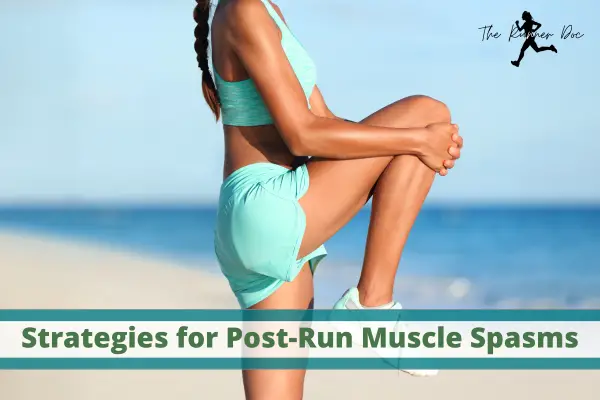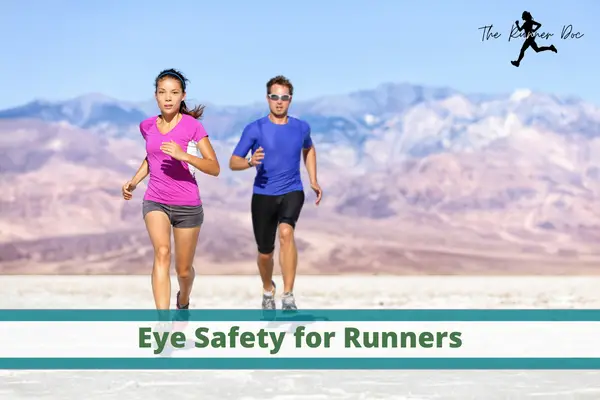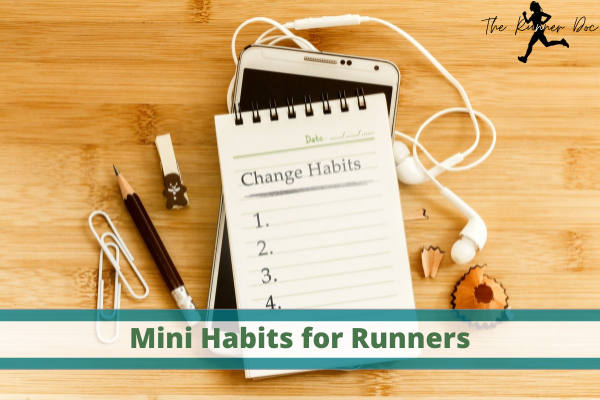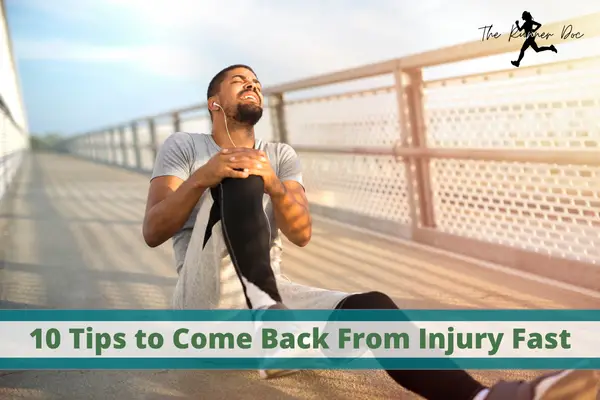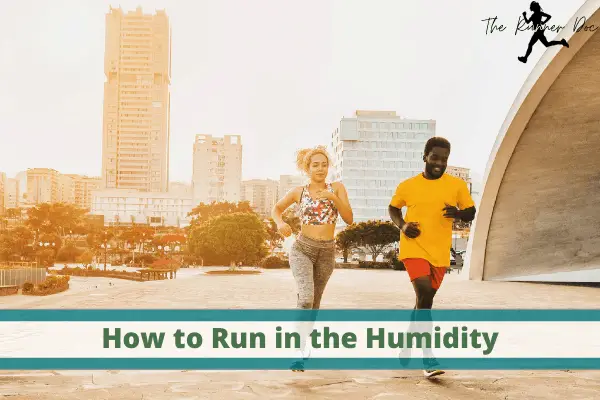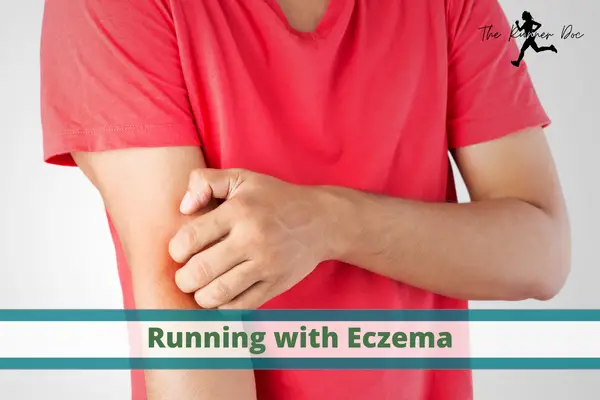Saving Your Muscles: The Best Strategies to Beat Post-Run Muscle Spasms
Whether you’re a seasoned runner or someone who’s recently picked up the sport, there’s no denying the immense satisfaction and endorphin rush that comes with completing a vigorous run. However, as the adrenaline subsides, you may face an all-too-familiar discomfort: post- run muscle spasms.
These involuntary contractions can range from mildly irritating to intensely painful, leaving you longing for a soothing solution to revive your tired muscles. In this article, we explore a range of practical strategies and remedies to help you ease post-run muscle spasms so you can stride toward your goals with renewed vitality.
(THIS POST PROBABLY CONTAINS AFFILIATE LINKS. OUR FULL DISCLOSURE POLICY IS REALLY BORING, BUT YOU CAN FIND IT HERE.)
Using the Over-the-Counter Pain Relievers and Muscle Relaxants (if needed)
Pain relievers and muscle relaxants are common over-the-counter medications many
individuals take to relieve post-run muscle spasms and discomfort. However, using them safely and responsibly is crucial to avoid potential health risks.
My Favorite Recover Products for Runners
Firstly, always adhere to the recommended dosages on the medication’s label. Overusing pain relievers can lead to serious health problems, including liver damage. Pain relievers are typically intended for short-term use to alleviate acute pain. If the discomfort persists, consult a healthcare professional for further evaluation.
Another thing is to refrain from using multiple pain relievers simultaneously or combining them with other medications without medical guidance, as it can increase the risk of adverse effects. Common OTC pain relievers include:
● Acetaminophen – It’s commonly used for mild to moderate pain relief and to reduce
fever.
● Ibuprofen – Ibuprofen helps reduce pain, inflammation, and fever by inhibiting
prostaglandins, which are chemicals responsible for inflammation and pain.
● Naproxen – It’s often used for pain associated with injuries, muscle strains, and joint
inflammation.
● Aspirin – Apart from pain relief, aspirin is also used for its blood-thinning properties to prevent blood clots and reduce the risk of heart attacks and strokes.
On the other hand, muscle spasms can sometimes be a symptom of an underlying medical condition. Before considering muscle relaxants, it’s crucial to identify any potential underlying issues. Consulting a healthcare professional can help pinpoint the cause of the spasms and guide appropriate treatment.
Common RX muscle relaxants include:
● Zanaflex – Zanaflex is primarily prescribed for individuals with neurological conditions
such as spinal cord injuries or sclerosis. This medication can be relatively expensive.
Patients should explore the Zanaflex Savings Offer or various cost-saving options.
● Methocarbamol – It’s a centrally-acting muscle relaxant that depletes the central
nervous system to reduce muscle spasms and pain.
● Cyclobenzaprine – It helps relax muscles and may improve mobility and range of
motion.
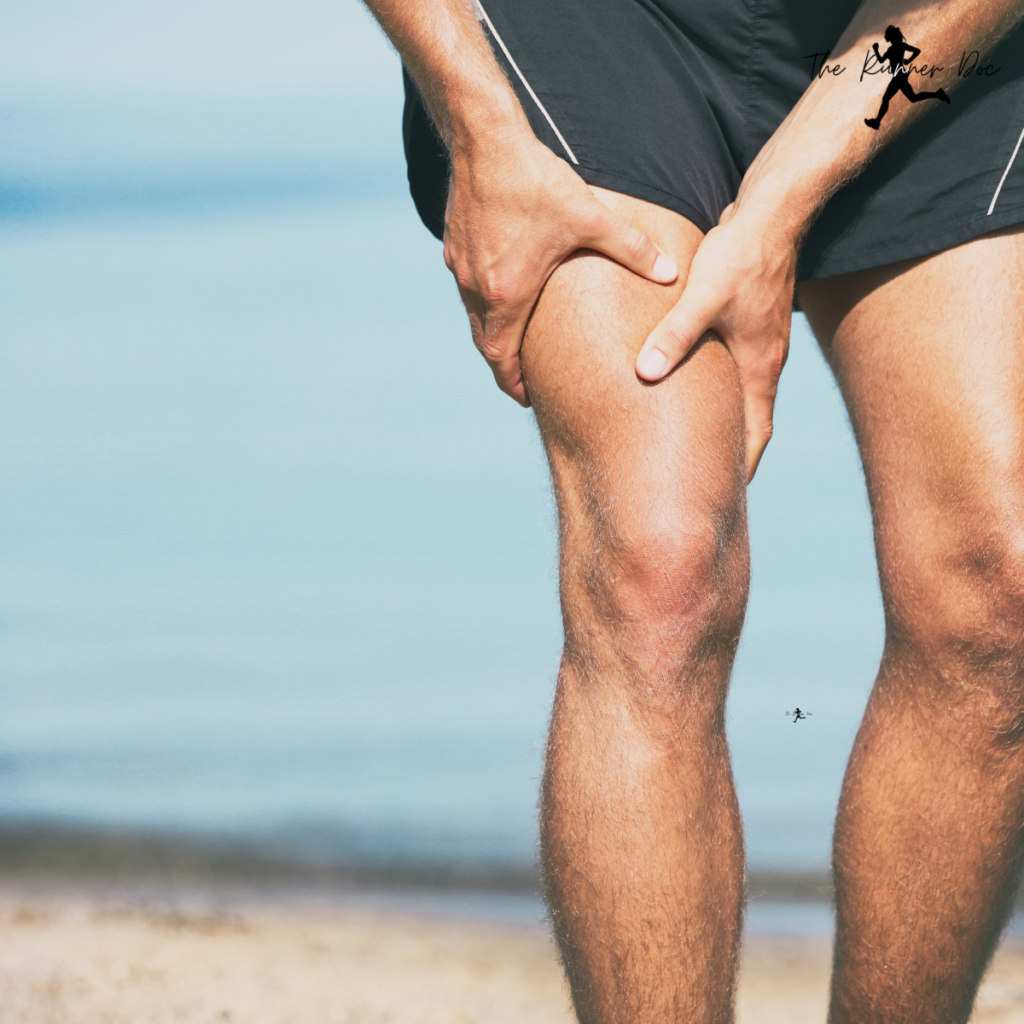
Rest and Recovery
Rest and recovery are foundational elements for effectively relieving post-run muscle spasms. After a run, the body undergoes stress and strain, resulting in muscle fatigue, micro-tears, and an increased risk of spasms.
Related Article:Rebound and Reclaim Your Running: How to Return After Injury
Incorporating adequate rest and recovery strategies into your training routine can
significantly reduce the occurrence and severity of post-run muscle spasms. Here’s how restand recovery can help:
● During rest periods, the body focuses on repairing and rebuilding the muscles stressed
during the run. This repair process allows the muscles to grow stronger and adapt to
the demands of running, reducing the likelihood of spasms.
● Running can cause inflammation in the muscles due to micro-tears and oxidative
stress. Adequate rest allows the body’s natural anti-inflammatory processes to kick in,
aiding recovery.
● Resting allows the muscles to relax fully, easing tension and promoting better blood
circulation.
● Resting after a run gives you a chance to rehydrate and refuel properly.
● The body produces growth hormones during deep sleep that facilitate tissue repair
and regeneration.
Regular rest and recovery are essential for maintaining consistent training without injuries. By allowing your muscles to recover fully, you can stay on track with your running program and reduce the risk of spasms disrupting your routine.
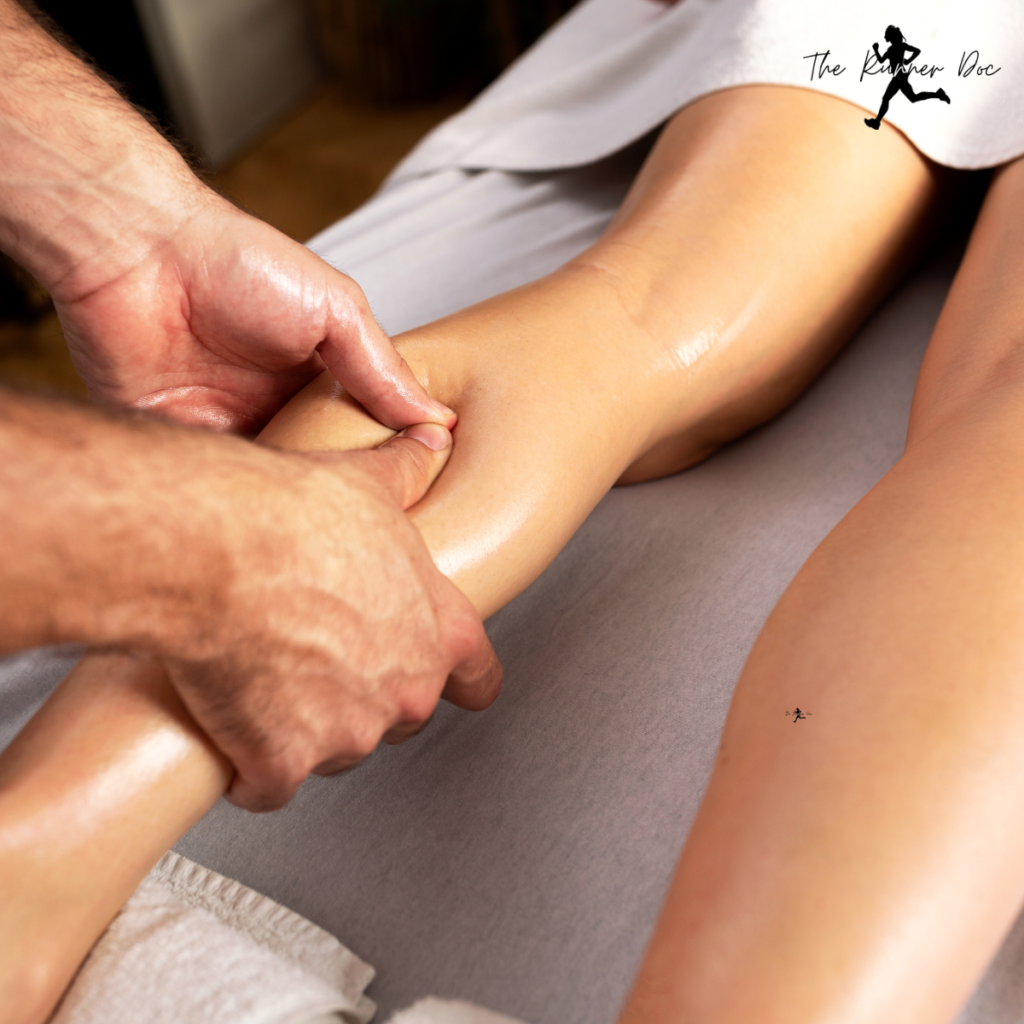
Stretching Exercises to Alleviate Spasms
Stretching is a valuable component of any post-run routine to relieve muscle spasms and promote flexibility. Here are three effective stretching techniques to incorporate into your recovery regimen:
Dynamic Stretching
It involves gentle, controlled movements to warm the muscles and increase blood flow. Dynamic stretching is best suited for beginning a workout or post-run routine. Examples of dynamic stretching include leg swings, arm circles, and walking lunges.
Static Stretching
It involves holding a stretch for 20-30 seconds without bouncing. This technique helps
improve flexibility and elongate muscles, benefiting post-run muscle spasm relief.
Target major muscle groups like the hamstrings, quadriceps, calves, and hip flexors. Focus on maintaining a comfortable stretch without causing pain.
Proprioceptive Neuromuscular Facilitation (PNF) Stretching
It involves a combination of contracting and relaxing muscles to enhance flexibility. This advanced stretching technique is more effective when performed with a partner. A partner provides resistance during the contraction phase, facilitating a more profound stretch.
Incorporating these stretching techniques into your post-run routine can help alleviate muscle spasms and reduce the risk of injury. However, it’s essential to remember that stretching should always be performed gently and without forcing the body beyond its limits.
Applying Ice or Heat
Ice packs are ideal for acute muscle spasms and injuries as they help reduce inflammation, numb the area, and alleviate pain. Wrap an ice pack in a thin cloth to prevent direct skin contact and place it on the affected muscle for 15-20 minutes.
For more extensive muscle recovery, consider using ice baths. Submerge the lower body or specific muscle groups in cold water (around 10-15°C or 50-59°F) for 10-15 minutes. Ice baths can help constrict blood vessels, reduce swelling, and aid in the recovery of tired muscles.
On the other hand, applying warm compresses is beneficial for chronic muscle tension or tightness, as it helps increase blood flow, relaxes muscles, and promotes flexibility. Apply a warm compress on the affected area for 15-20 minutes. Avoid using excessive heat to prevent burns.
Final Thoughts
Remember that every individual’s body is unique, and what works best for one person may not apply to another. Find a recovery routine that suits your needs and makes you feel best. With a mindful and proactive approach to post-run muscle recovery, you can continue to enjoy running while minimizing the risk of muscle discomfort and injury.
Author Bio:
Andrina Belle is a fitness and health writer with an eye for all things lifestyle. Andrina has always been in love with the idea of living life to the fullest, which you can see in her writing.
She spends her days reading up on the latest research about health, exercise, and nutrition—and when she’s not doing that, she’s cooking something delicious or trying out new recipes. She also loves spending time outdoors—hiking, biking, skiing…you name it!
AFFILIATE DISCLOSURE
As an Amazon Associate, I earn from qualifying purchases. This post may contain affiliate links. If you use these links to buy something we may earn a commission. The Site may contain links to affiliate websites, and we receive an affiliate commission for any purchases made by you on the affiliate website using such links.
All information should be used as a tool for more knowledge on the subject topic, to use as references for later articles where applicable, or just to keep it in mind during future exercise routines or activities.
This article is not meant to give medical advice or to replace professional health care. Should any ailment occur please contact your doctor or physical therapist immediately to keep yourself safe and prevent further damage.
The author is not liable for any personal or commercial damage directly or indirectly related to the content hereof. You are responsible for adhering to local laws and regulations regarding health & safety, including proper use of equipment or safety gear, and compliance with governing healthcare associations, and state, and federal regulations.
